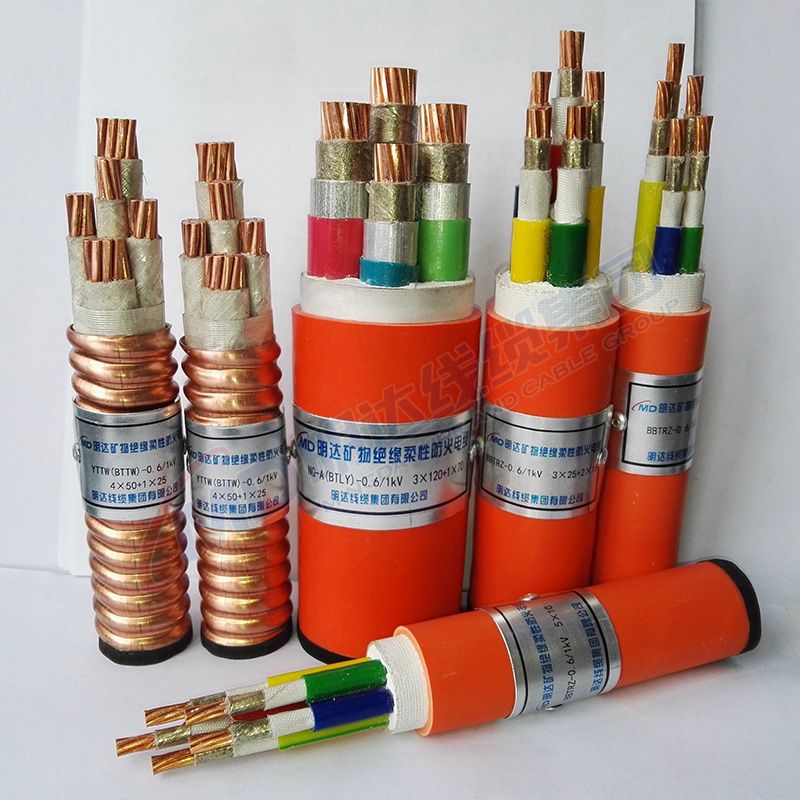Ноя . 09, 2024 21:36 Back to list
Understanding Ball Type Foot Valves and Their Applications in Fluid Control Systems
Understanding Ball Type Foot Valves Function and Application
Ball type foot valves are critical components in various fluid control systems, serving as a key mechanism in pumps, particularly in sucking applications. These valves play a crucial role in maintaining the prime of a pump, preventing backflow and ensuring that the system operates efficiently. This article explores the function, design, applications, and advantages of ball type foot valves.
What is a Ball Type Foot Valve?
A ball type foot valve is a one-way valve that is installed at the inlet of a suction line for pumps. It consists of a spherical ball that moves freely within a valve chamber. The ball acts as a closure mechanism; when water attempts to flow back down the pipe, the ball is pushed against the seat of the valve, preventing reverse flow. When the pump operates and creates suction, the ball lifts off the seat due to the pressure differential, allowing water to flow into the pump.
Functionality
The primary function of a ball type foot valve is to maintain the flow of fluid into the pump while preventing backflow when the pump is turned off. This is particularly important in applications where the fluid needs to be kept primed. If backflow occurs, the pump would have to be re-primed, which can be labor-intensive and time-consuming. The ball design allows for quick and effective operation, minimizing downtime and ensuring consistent performance.
Design Features
The design of a ball type foot valve incorporates several important features. The valve body is typically made from durable materials, such as stainless steel, brass, or plastic, to withstand various environmental conditions and fluid characteristics. The ball is usually made of a similar material and is sealed within the valve to provide a tight fit.
Additionally, the valve often includes mesh screens or strainers to filter out debris and prevent clogging, further enhancing performance. The simplicity of the ball design not only ensures reliability but also facilitates easy maintenance and replacement.
ball type foot valve

Applications
Ball type foot valves are used in a wide range of applications. They are commonly found in
- Water Supply Systems Ensuring a constant supply of water in residential and commercial settings. - Irrigation Helping to maintain the efficiency of irrigation systems by preventing backflow. - Industrial Processes Used in various manufacturing and processing systems where fluid control is essential. - Aquaculture Maintaining water levels in fish farms and ponds, crucial for the health of aquatic life.
Advantages
One of the primary advantages of ball type foot valves is their simplicity and ease of use. They require minimal maintenance and are highly effective at preventing backflow. Additionally, their robust design can handle a wide range of pressures and temperatures, making them suitable for diverse applications.
Furthermore, the ball type foot valve efficiently manages the flow of fluid without creating significant resistance, which is crucial for maintaining pump efficiency. This can lead to energy savings, as the pump does not have to work harder to overcome flow issues.
Conclusion
In conclusion, ball type foot valves are indispensable components in fluid control systems, particularly in pumping applications. Their ability to prevent backflow, maintain the prime of pumps, and simplify maintenance makes them a preferred choice across various industries. By understanding the design and functionality of these valves, engineers and operators can better appreciate their importance in ensuring the efficient operation of fluid transfer systems. As technology advances, we can expect further innovations in valve design and materials, enhancing the performance and reliability of ball type foot valves in the future.
Share
-
Reliable Wafer Type Butterfly Valves for Every IndustryNewsJul.25,2025
-
Reliable Flow Control Begins with the Right Ball Check ValveNewsJul.25,2025
-
Precision Flow Control Starts with Quality ValvesNewsJul.25,2025
-
Industrial Flow Control ReliabilityNewsJul.25,2025
-
Engineered for Efficiency Gate Valves That Power Industrial PerformanceNewsJul.25,2025
-
Empowering Infrastructure Through Quality ManufacturingNewsJul.25,2025